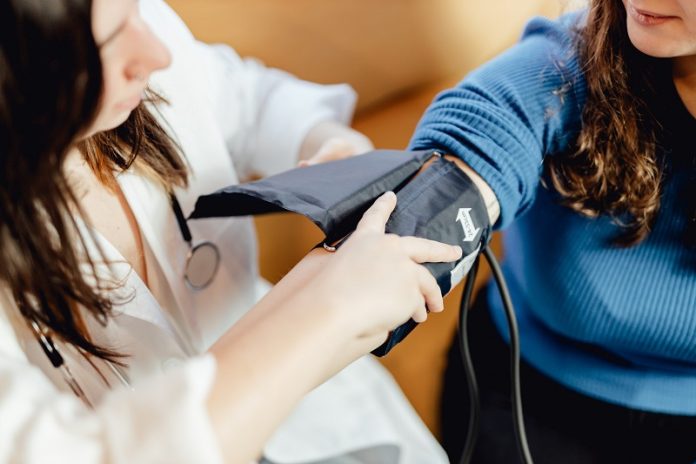
Even though we have medicines to help lower high cholesterol, heart disease is still the leading cause of death in the United States.
Scientists at the Medical College of Wisconsin (MCW) are digging deeper, looking into a specific type of cholesterol to help create new treatments.
The Evolution of Cholesterol Treatment
Cholesterol, a fatty substance found in our blood, has been studied for over 200 years. Early on, scientists figured out that it could form plaque in blood vessels and lead to heart disease.
Fast forward to 1987, the first drug to lower cholesterol, called a statin, was approved by the U.S. Food and Drug Administration (FDA).
In 2015, a new type of cholesterol-lowering drug was approved for those who didn’t respond well to statins.
Despite these advances, heart disease remains the number one killer in the U.S., and strokes aren’t far behind.
Current treatments, though helpful, only reduce the risk of heart-related problems by a small amount.
Looking Beyond the Usual Suspects
Most people have heard of “bad cholesterol,” which is scientifically called LDL. The current medicines mainly target LDL. But LDL isn’t the only player in the game.
There are other types of cholesterol, like VLDL, that these medicines don’t affect much.
Dr. Ze Zheng and her team at MCW are focusing on how to lower these other types of cholesterol to find a more effective treatment for heart disease.
Dr. Zheng has been researching how blood clots break down in the body and was curious to see if a protein she was studying had any impact on cholesterol levels.
After running some tests in mice and human liver cells, she found something interesting. The protein, known as tPA, seems to lower VLDL levels, offering a new way to tackle the heart disease problem at its roots.
How It All Connects: The Liver, Heart, and Blood Vessels
The liver makes most of the “bad cholesterol.” The MCW team discovered that tPA can interfere with the liver’s process of making VLDL.
Think of it as a football game: the liver wants to pass a ‘cholesterol football’ to create more VLDL. The protein tPA acts like a defender, blocking that pass.
Another substance, called PAI-1, can stop tPA from doing its job, leading to more VLDL. They even found that people with a certain gene mutation had higher tPA levels, and as a result, lower VLDL levels.
What Comes Next
Dr. Zheng and her team are excited about their findings but say there’s more work to do.
They’re looking into how to create new treatments based on their research, aiming to lower the types of cholesterol that current medicines don’t touch.
So, while we’ve come a long way in treating cholesterol and heart disease, this new research opens up a whole new set of possibilities.
It could lead to more effective treatments and could be the key to reducing the number of people who die from heart disease each year.
If you care about heart health, please read studies about how eating eggs can help reduce heart disease risk, and herbal supplements could harm your heart rhythm.
If you care about stroke, please read studies that diets high in flavonoids could help reduce stroke risk, and MIND diet could slow down cognitive decline after stroke.
The study was published in Science.
Follow us on Twitter for more articles about this topic.
Copyright © 2023 Knowridge Science Report. All rights reserved.



